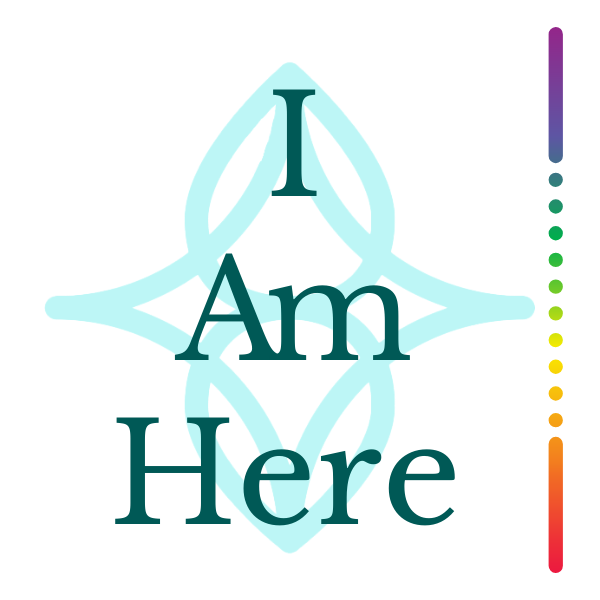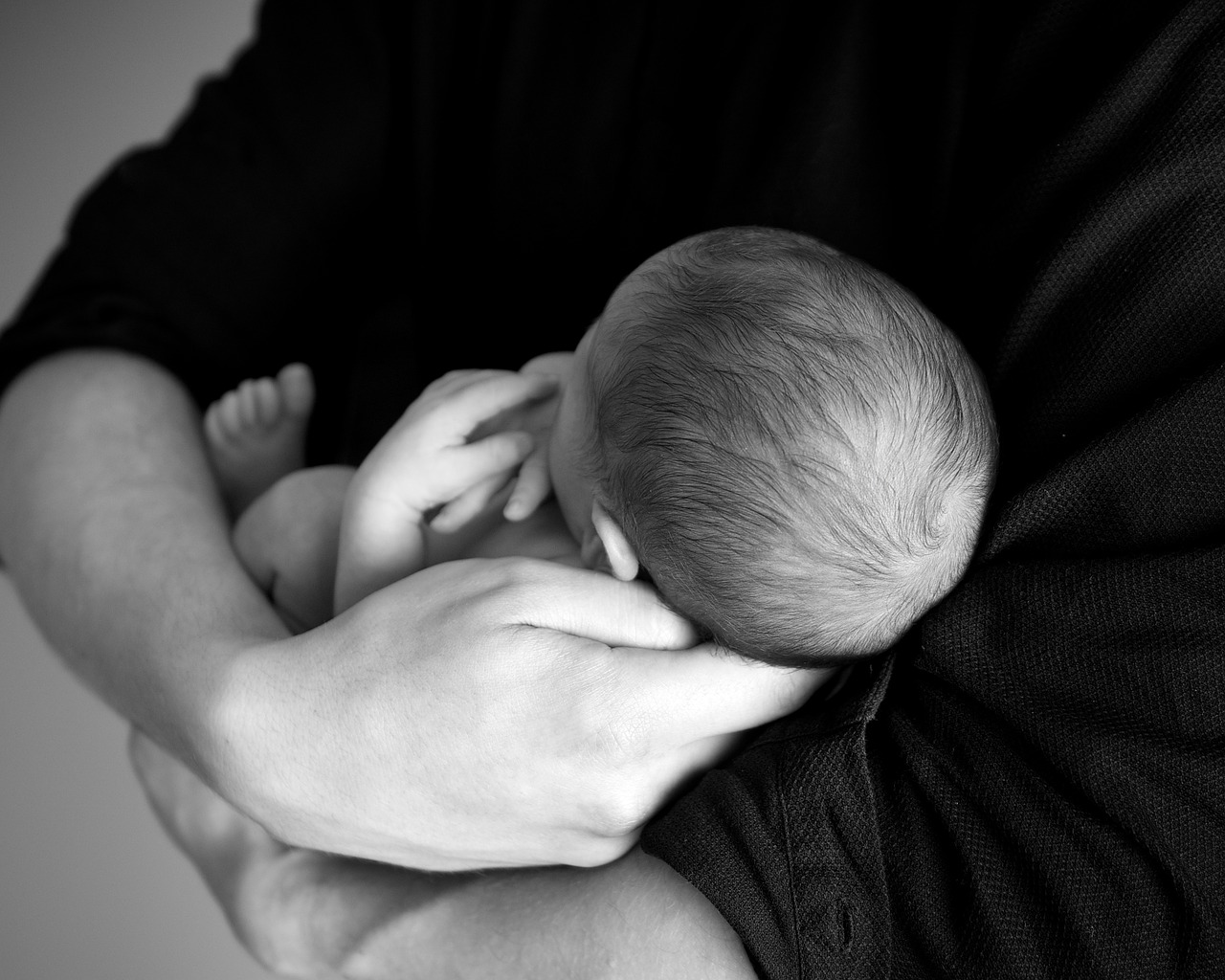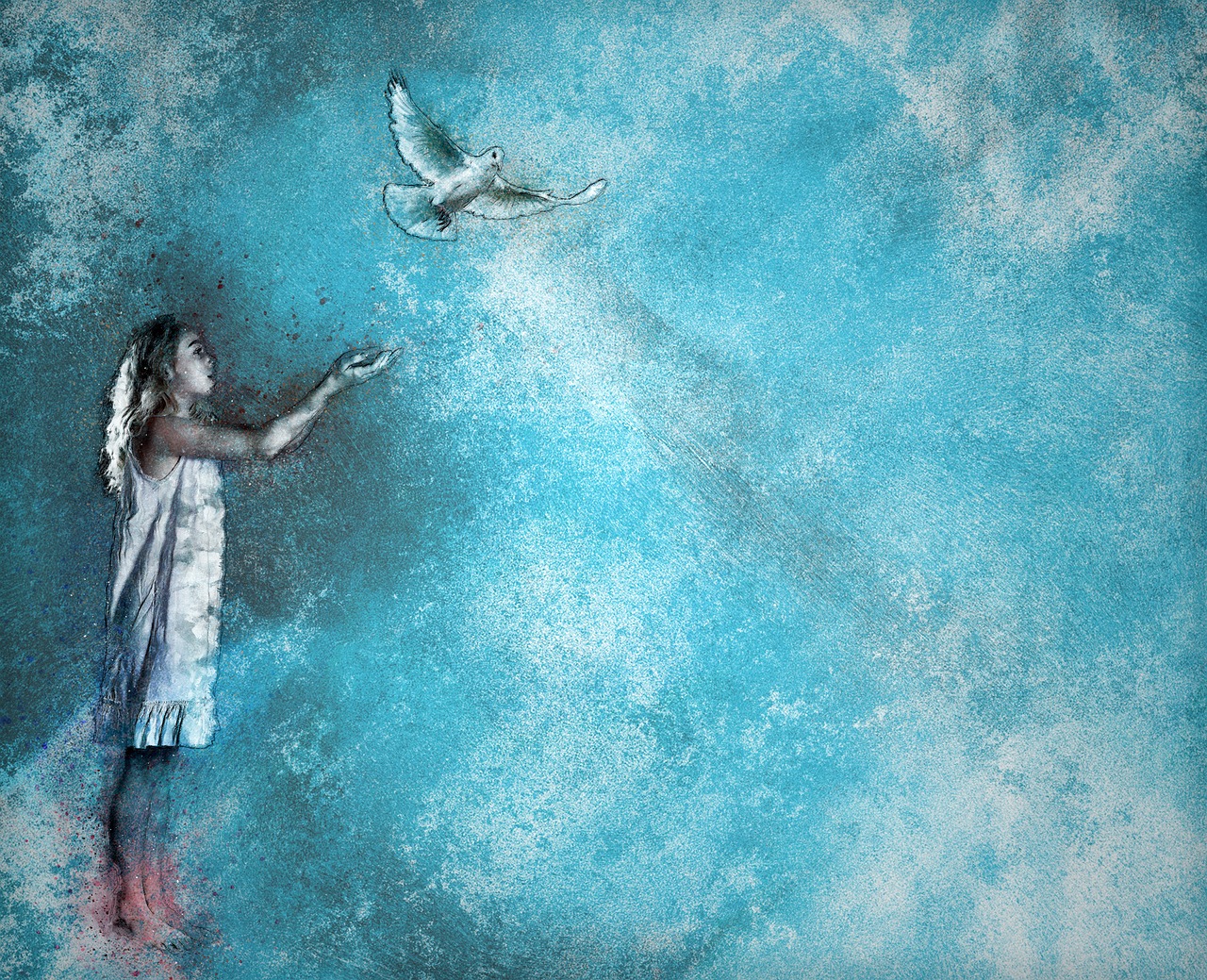What if I’m adopted? Please help me understand.
In several online venues, where the subject of generational trauma – trauma inherited from our parents and ancestors – has been discussed, the question has been raised: what about adoption? How should someone who has never known their biological parents make sense of this?
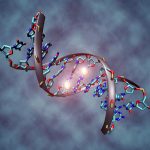 The legacy of family trauma is topical right now, partly due to the discovery of gene alteration through epigenetics. Epigenetics is the study of changes in organisms caused by the modification of gene expression rather than alteration of the genetic code itself. It all began earlier this decade as scientists discovered that certain odours with a traumatic history would trigger a stress response in rats of succeeding generations. Science later revealed the traumas of World War II are showing up in the genes of holocaust descendants. “Instead of numbers tattooed on their forearms. they may have been marked epigenetically with a chemical coating upon their chromosomes, which would represent a kind of biological memory,” reported a paper in 2013. Research has shown that stress-based restrictions of the gene resource can pass through both mother and father. In 2016, scientists from Tel Aviv University addressed the open question: can this genetic damage be corrected? Yes, they answered, there is a high chance that healing the trauma in the living descendant, will remove the epigenetic tag, meaning it’s no longer passed on.
The legacy of family trauma is topical right now, partly due to the discovery of gene alteration through epigenetics. Epigenetics is the study of changes in organisms caused by the modification of gene expression rather than alteration of the genetic code itself. It all began earlier this decade as scientists discovered that certain odours with a traumatic history would trigger a stress response in rats of succeeding generations. Science later revealed the traumas of World War II are showing up in the genes of holocaust descendants. “Instead of numbers tattooed on their forearms. they may have been marked epigenetically with a chemical coating upon their chromosomes, which would represent a kind of biological memory,” reported a paper in 2013. Research has shown that stress-based restrictions of the gene resource can pass through both mother and father. In 2016, scientists from Tel Aviv University addressed the open question: can this genetic damage be corrected? Yes, they answered, there is a high chance that healing the trauma in the living descendant, will remove the epigenetic tag, meaning it’s no longer passed on.
Nature V Nurture
 The emergence of research on trauma and epigenetics opens a whole new challenge in the debate of Nature V Nurture. Actually, one of the reasons we have carried the notion for so long that our inner moods, stress reactions and sensitivities are individually unique is because it has been hard to distinguish what is emanating from our cells, from what it is repeated through our family environment in terms of conditioning. A family that carries a line of distress around the threat of insanity, for example, will have its avoidance programmed not only into the body, but also into its internal language. At a very early age, children from such a family will hear the threat of “going crazy” as a threat of a fate worse than death. Psychologists would rarely scrape the surface of the fears of the immediate environment in order to delve into a trauma from a few generations before (in which the judgement of insanity could have been experienced as a kind of existential death to the family).
The emergence of research on trauma and epigenetics opens a whole new challenge in the debate of Nature V Nurture. Actually, one of the reasons we have carried the notion for so long that our inner moods, stress reactions and sensitivities are individually unique is because it has been hard to distinguish what is emanating from our cells, from what it is repeated through our family environment in terms of conditioning. A family that carries a line of distress around the threat of insanity, for example, will have its avoidance programmed not only into the body, but also into its internal language. At a very early age, children from such a family will hear the threat of “going crazy” as a threat of a fate worse than death. Psychologists would rarely scrape the surface of the fears of the immediate environment in order to delve into a trauma from a few generations before (in which the judgement of insanity could have been experienced as a kind of existential death to the family).
Yet in the case of an adopted family, the stress signals (whether physical, emotional or verbal) of the adopted family are not necessarily matching the stress signals of the body of the adopted child. This can have a palliative effect, as the distress signals are not provoked, excited or endorsed. Yet at the same time, there can be a dissonance with adopted parents and a sense of difference that seeks resolution. This is could be especially true as the circumstance that lead to a mother giving her child up for adoption are more often than not traumatic in themselves.
In utero
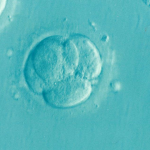 As pioneer of transpersonal psychology Stanislav Grof points out, traditional psychology begins in late infancy. It hardly addresses the first days of life and the birth experience, let alone the nine months in gestation. Spiritual psychology and nondual therapy views the experience in utero as fundamental to the formation of inner states (the first impressions on physical awareness), as well as on the programming of stress responses. The baby is in a union with its mother’s body, floating within and nurtured by the amniotic fluid which carries the whole biochemistry of the mother. This biochemistry includes stress hormones, as well as the biochemistry of pleasure, pain, comfort and relaxation. When the mother is experiencing an emotional contraction, or the anguish of isolation or loneliness, the unborn child shares these moods and already learns to recognize these patterns on a biological level.
As pioneer of transpersonal psychology Stanislav Grof points out, traditional psychology begins in late infancy. It hardly addresses the first days of life and the birth experience, let alone the nine months in gestation. Spiritual psychology and nondual therapy views the experience in utero as fundamental to the formation of inner states (the first impressions on physical awareness), as well as on the programming of stress responses. The baby is in a union with its mother’s body, floating within and nurtured by the amniotic fluid which carries the whole biochemistry of the mother. This biochemistry includes stress hormones, as well as the biochemistry of pleasure, pain, comfort and relaxation. When the mother is experiencing an emotional contraction, or the anguish of isolation or loneliness, the unborn child shares these moods and already learns to recognize these patterns on a biological level.
A mother carrying a child, that for whatever reason already knows she will be separated from that child after birth, is giving a particular series of chemical signals to the unborn baby. One key frequency is one of confusion, as the instincts on the body to keep the unborn baby alive and safe conflict with the bond of love and the beliefs of the mind. The movement of fear behind the decision to surrender the child can be contracted by the added fear that if the feeling is allowed, it will be impossible to disconnect.
In terms of inherited trauma, there is a possibility that the mother’s situation is itself a repetition of events in her own family where a baby was surrendered. In this, the child is the sacrificed one, which then becomes the gift to the adopted family. He or she literally bridges two systems. As such, the theme of helplessness, rejection, loneliness and difficulty in bonding (universal themes in themselves) are likely to come forward with amplification. As a contra to this, there might be a passion for unity, nonduality or inner exploration to answer the great mystical question: “Who am I?”
Genetics: from gross to subtle.
 In cases of adoption, any physical peculiarity, such as a weakness in the kidneys, or left-handedness, that doesn’t match the adopted family’s history is likely to be put down to the biological lineage. In many ways, inherited trauma is no different. Pioneer of inherited trauma and family constellations Mark Wolynn reports on a case of a girl who was adopted:
In cases of adoption, any physical peculiarity, such as a weakness in the kidneys, or left-handedness, that doesn’t match the adopted family’s history is likely to be put down to the biological lineage. In many ways, inherited trauma is no different. Pioneer of inherited trauma and family constellations Mark Wolynn reports on a case of a girl who was adopted:
Melissa, from a happy, privileged background with no visible trauma, began cutting herself as a teenager. When she was 14, she literally carved the words “FAT PIG” into her inner thigh. Bewildered, the loving parents sought help, but there seemed no rational cause to the obsessive cutting. As the story unravelled, it turned out that Melissa was adopted, and was not told this until she was 21. She went to visit her biological mother and learned her mother had been violently raped when she was 14 (the same age that Melissa had carved the words ‘fat pig’ into her thigh), and this is how Melissa had been conceived.
“She visits her biological mother and she finds out that her mother, at exactly the same age, was raped. When Melissa came to me, she was 27 and had been cutting her body for 13 years. Just the chance to make the connection through therapy was enough to relieve Melissa of the tendency to self-harm which had begun at the same age that her mother had been raped and she was conceived. (Click here for the full interview in which Mark Wolynn discusses his work).
What if I know nothing about my parents?
 Even with those who grew up with their biological parents, the lack of information or knowledge that can no longer be retrieved often comes forward. While knowledge can be affirming and help release belief systems of personal identification with trauma, it is not the main point. The main point of nondual therapy, and the only way it is effective, is when we agree to honor and feel our own feelings. Feelings are energy in contraction. They are that raw material which determines the personality and direction we take in life. Feelings of affliction restrict our freedom of body, heart and mind. The liberation of such feelings involves allowing them to emerge: agreeing to experience them, within the vast tapestry of human possibility.
Even with those who grew up with their biological parents, the lack of information or knowledge that can no longer be retrieved often comes forward. While knowledge can be affirming and help release belief systems of personal identification with trauma, it is not the main point. The main point of nondual therapy, and the only way it is effective, is when we agree to honor and feel our own feelings. Feelings are energy in contraction. They are that raw material which determines the personality and direction we take in life. Feelings of affliction restrict our freedom of body, heart and mind. The liberation of such feelings involves allowing them to emerge: agreeing to experience them, within the vast tapestry of human possibility.
Family trauma has several key notes though. Although it might be echoed through memorable traumas in our life-time, we see the same themes repeating. Inherited trauma involves fears we have had for as long as we can remember: fears that are not necessarily shared by everybody else. When we watch a movie, or read a book, or hear a story, it is found in that aspect of the story, or that character, that incites our emotions, with whom we become entangled. It is that aspect of the plot with the most impact, that stays with us, long after the movie has finished.
Mindfulness of our own thoughts – especially the persistent undertones that return again and again – gives pointers to how we are coded. A thought, for example, that switches between subject and object “I’m going to kill you,” or “You’re killing me”, or “I’m going to kill myself”can reflect trauma around abortion, a child that was aborted or died before you were even conceived, or a desire to be free of a pregnancy. Our bodies, from a cellular, to an emotional, to a mental level, will show us the trail back to release the old wounding.
To be adopted
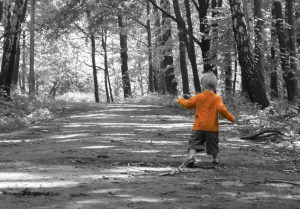 Even the phrase suggests the possibility of being ‘not’ adopted. There is a depth of beautiful in the soul-learning of being born into a life as an adopted child. There are lessons about separation and unity, about love, care, belonging and longing. There is a resonant key note of being irrevocably and unconditionally a gift to the whole – regardless of lineage – as a child of light and promise. The challenge is in finding peace in all forms according to what is needed by the whole, without losing the inner connection to the source of self, the greatest parent of all. The key wisdom is to totally, utterly and without any doubt allow that you belong here, beyond question, simply because you are here – an inextricable part of the whole.
Even the phrase suggests the possibility of being ‘not’ adopted. There is a depth of beautiful in the soul-learning of being born into a life as an adopted child. There are lessons about separation and unity, about love, care, belonging and longing. There is a resonant key note of being irrevocably and unconditionally a gift to the whole – regardless of lineage – as a child of light and promise. The challenge is in finding peace in all forms according to what is needed by the whole, without losing the inner connection to the source of self, the greatest parent of all. The key wisdom is to totally, utterly and without any doubt allow that you belong here, beyond question, simply because you are here – an inextricable part of the whole.
“The partner of rejection of acceptance.
Belonging has no opposite.
In belonging, acceptance and rejection are one.”
